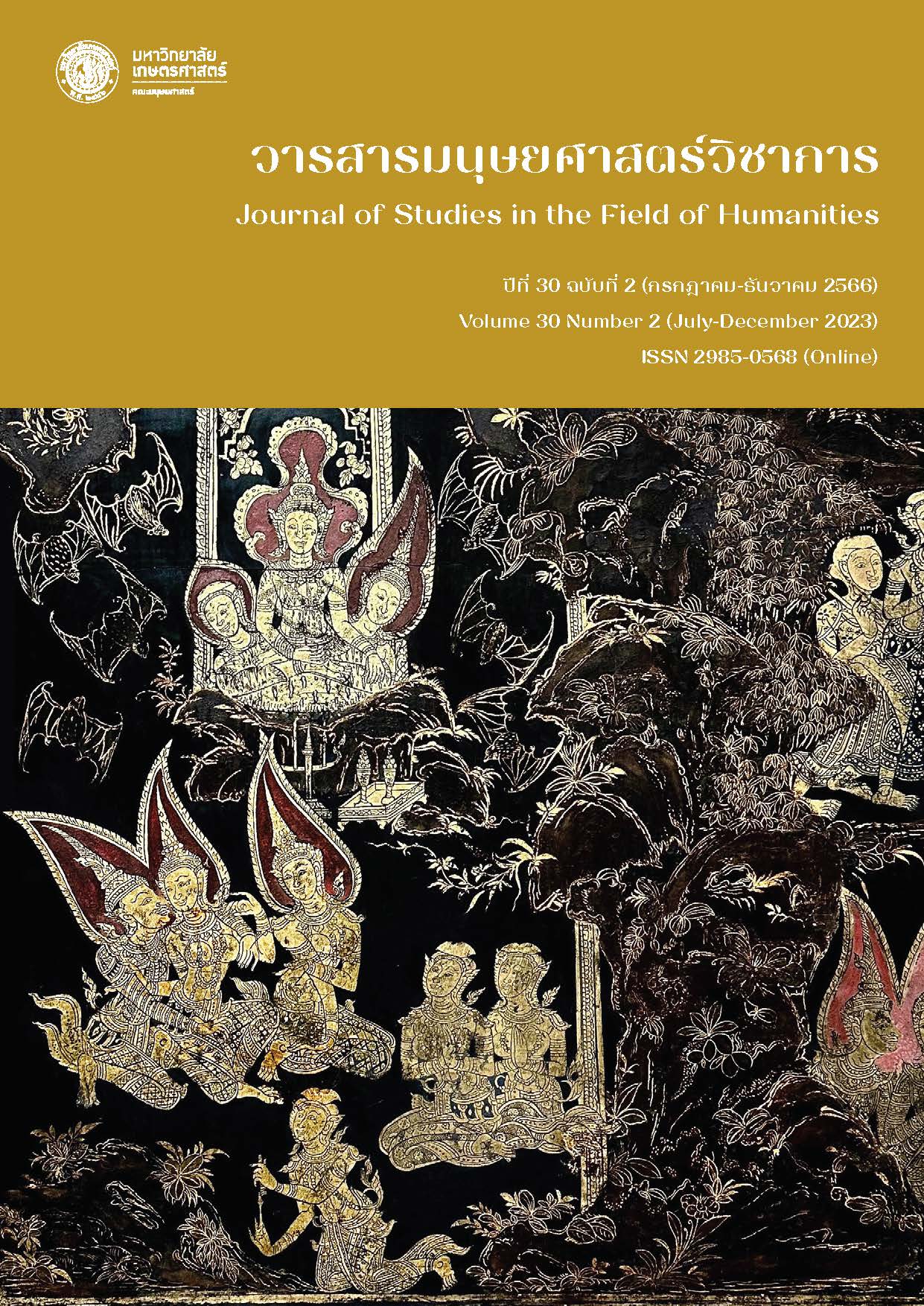The Union of Thai Sanghas in Europe Management
Main Article Content
Abstract
This qualitative study purposes to study about policy and strategy in terms of propagation management of Buddhism by the Union of Thai Sanghas in Europe, analyze the management model of The Union of Thai Sanghas in Europe, and give advice about a new management model that conforms with the current social change. There are three methods that are used in this study. They are documentary research from Tripitaka and other documents, in-depth interviews from 25 savants, and focus group analysis from 12 savants. The results show that management policy and strategy of propagation of Buddhism in European Union is extensive in all fields under the law of Thai clergy, particularly in making relationships with other organizations and encouraging education of Thai Sanghas. However, they should have standardized policy and approach for regulating all temples. In the case of the management model of the Union of Thai Sanghas in Europe, Thai Sanghas do not understand policy and strategy. The action plan of the Union is not clear. Thai Sanghas do not have enough potential. These are weaknesses of the Union management model. On the other side, the strengths are clear administrative districts, being the hubs for groups of Thai Sanghas. These empower the management system and facilitate efficient coordination. Moreover, good management leads to stability, harmony, understanding and benefits in Buddhism, and among Buddhist monks and Buddhists. Nevertheless, there are many threats for efficient propagation of Buddhism such as a lack of human resources, budget, and support from Thai public agency and different cultures. The last aspect concerns the new management model of the Union of Thai Sanghas in the future. The Union should determine explicitly policy and strategy as well as use the same approach for propagation of Buddhism, including the role and duty of Board. Furthermore, Thai Sanghas in all countries should do the work in conjunction with each other, and organize public hearing meeting to receive suggestions from all generations of Sanghas, with the objective to enhance efficiency of management and stability of propagation of Buddhism.
Article Details

This work is licensed under a Creative Commons Attribution-NonCommercial-NoDerivatives 4.0 International License.
References
กรมการศาสนา กระทรวงศึกษาธิการ. (2528). คู่มือการบริหารการศึกษาของคณะสงฆ์. กรุงเทพฯ: โรงพิมพ์การศาสนา.
กองงานเลขานุการ สหภาพพระธรรมทูตไทยในทวีปยุโรป. (2559). ความเป็นมาของสหภาพพระธรรมทูตไทยในทวีปยุโรป. วารสารสหภาพพระธรรมทูตไทยในทวีปยุโรป, 7(2), 10.
พระทินวัฒน์ สุขสง. (2558). แนวทางการเผยแผ่พระพุทธศาสนาในโลกตะวันตก. (วิทยานิพนธ์มหาบัณฑิต สาขาวิชาพุทธศาสนศึกษา). มหาวิทยาลัยธรรมศาสตร์, กรุงเทพฯ.
พระธรรมโกศาจารย์ (ประยูร ธมฺมจิตฺโต). (2558). พุทธวิธีบริหาร. กรุงเทพฯ: มหาจุฬาลงกรณราชวิทยาลัย.
พระธรรมปิฎก (ป. อ. ปยุตฺโต). (2545). พระธรรมทูตไทย เบิกทางสู่อารยธรรมใหม่. กรุงเทพฯ: มูลนิธิพุทธธรรม.
พระอาจารย์ญาณธัมโม. (2558). ของนอก ของใน. กรุงเทพฯ: อักษรสัมพันธ์ (1987).
พิชาย รัตนดิลก ณ ภูเก็ต. (2552). เอกสารประกอบคำบรรยาย วิชาองค์การและการจัดการทางสังคม. กรุงเทพฯ: ธิงค์ บียอนด์ บุ๊คส์.
ศุภาชยันต์ สุภาวงศ์วันดี. (2552). กลุ่มองค์กรสาธารณะ. กรุงเทพฯ: มหาวิทยาลัยรามคำแหง.
สำนักงานพระพุทธศาสนาแห่งชาติ. (2560, 21 มีนาคม). ประวัติสำนักงานพระพุทธศาสนาแห่งชาติ. สืบค้นเมื่อ 9 มีนาคม 2563 จาก http://www1.onab.go.th/index.php?option=com_content&view=article&id=76&Itemid=66.
สุรพล สุยะพรหม. (2555ก). ทฤษฎีองค์การและการจัดการเชิงพุทธ. กรุงเทพฯ: มหาวิทยาลัยมหาจุฬาลงกรณราชวิทยาลัย.
สุรพล สุยะพรหม. (2555ข). พื้นฐานทางการจัดการ. กรุงเทพฯ: มหาวิทยาลัยมหาจุฬาลงกรณราชวิทยาลัย.
Denison, D. R. (1990). Corporate Culture and Organizational Effectiveness, New York: Wiley.
Morton, J. A. (1971). Organizing for Innovation: A System Approche to Technical Management. New York: McGraw-Hill.
Rogers, E. M. & Shoemaker, F. F. (1978). Communication of Innovations: A Cross-Cultural Approach. New York: Free Press.


